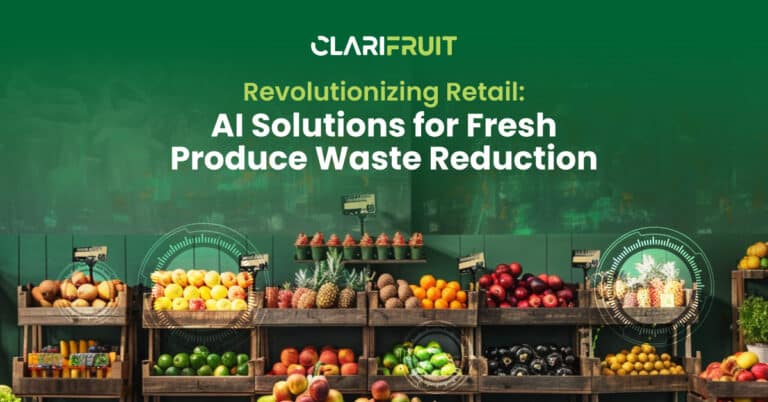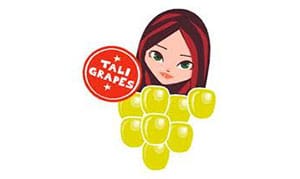The Importance of Fruit Quality Control & Testing for Bananas
Would you believe us if we told you that a banana is actually a berry? Bananas are good for digestion and weight loss, and can even help to overcome depression, thanks to their high levels of a chemical called Tryptophan, which is converted by the body into serotonin.
In terms of banana ripeness, bananas tend to split the crowd, with some people preferring to eat the fruit at the earliest stages of ripeness, even while the skin remains green, and others loving their bananas overripe, even with sweet black spots.
For growers and pickers, warehouses, marketing companies, wholesalers, online marketplaces, retailers, and consumers, there is a real need to standardize banana quality control and testing, and to accurately match quality to buyer demand for less waste and better profitability across the supply chain.
Common Banana Defects
The following defects are the ones that are most likely to affect banana quality across the supply chain:
Pests
Nematodes are a common banana plant pest that can rot the corms and attract fungus. Weevils, thrips, and sap-sucking insects can also be a problem.
Skin Defects
Skin defects on a banana plant could be a sign of thrips, which often stain the peel a rust color and causes it to split. Banana plants also sometimes suffer from black end and cigar tip rot.
Bruising
Bananas at a later stage of ripeness will be more prone to bruising, but under-ripe bananas may give rise to price renegotiations or waste. Balancing these needs is essential. When fruits become bruised, a natural enzymatic process is also observed and the yellow pigment turns brown.
Open Wounds
Open wounds in a banana plant can be the result of growth issues or mishandling, as well as natural pests such as thrips or weevils. Once open, insects can access the fruit directly, causing more problems.
Decay
Black leaf streak and Moko disease are two common diseases that can cause decay in a banana plant. Sigatoka is a fungus-based disease that will make the whole plant appear burned, if infection spreads.
Mold
Once tears or wounds in the plant have taken place, it’s easy to see how vulnerable fruit can be left subject to mold and fungus. Mold can spread quickly, ruining a whole harvest.
Softness
Bananas are a fruit that needs the gentle touch and will quickly gain soft spots if mishandled at any stage of the value chain. As consumers are picky about banana appearance, this often leads to price negotiations and waste.
Chemical stains
Any exposure to chemicals can cause damage to the leaves, skin or fruit of a banana plant, making it unsightly to buyers and end consumers alike. Can you tell what’s causing the discoloration?
Peel tear
Post-harvest banana peel splitting is a serious issue, and can sometimes be relieved by storing bananas at a low humidity. Peel can quickly turn black, affecting the banana quality.
Interesting Facts about Bananas
- Some horticulturists believe that bananas were the first fruit on earth.
- Bananas are grown in over 150 countries, with approximately 105 million tonnes of fruit produced every year.
- The main exporter of bananas is Ecuador, which accounted for an annual average of one‑third of total global banana export volume between 2014 and 2018.
- The biggest producers of bananas are India, who produced 29 million tonnes per year on average between 2010 and 2017
- Over 100 BILLION bananas are eaten across the globe, each year.
Common Attributes for Banana Quality Control Evaluation
The following internal and external banana attributes are commonly used for quality evaluation:
Color
Diameter
Length
Appearance
For the full list of attributes that the Clarifruit platform currently evaluates and recommended quality standards for each, download our free app now.
The Clarifruit platform also integrates with 3rd-party technology to evaluate external tomato attributes. Learn more here.















